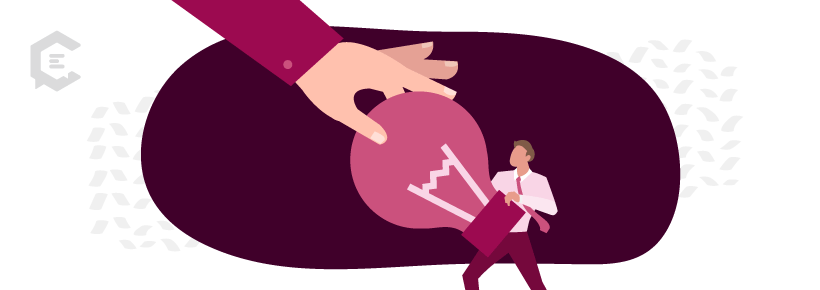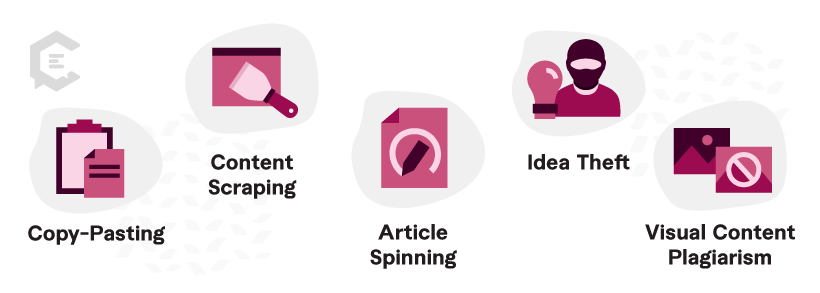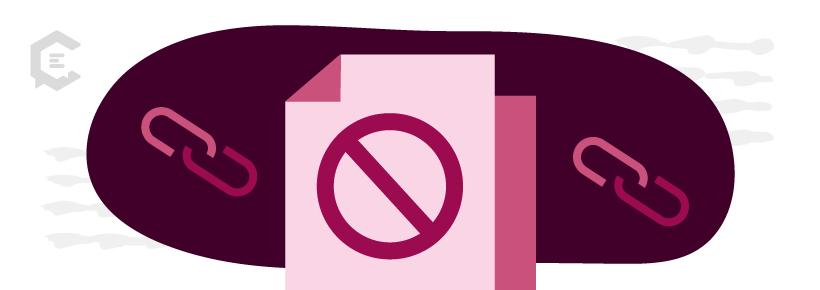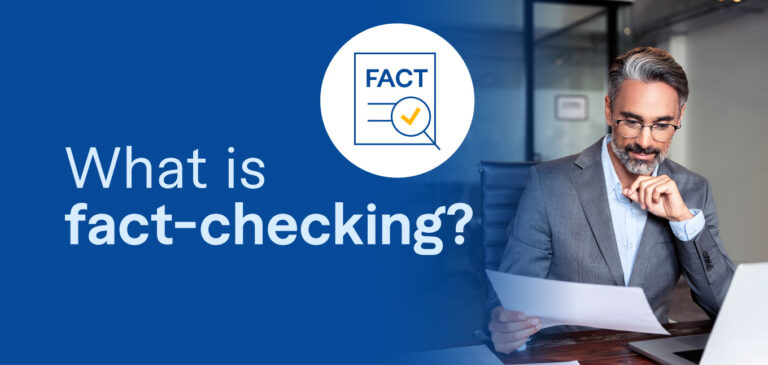What is plagiarism?
Plagiarism is using someone else’s work, ideas, or intellectual property without getting permission or giving them proper credit.
Plagiarism is particularly dicey when someone attempts to pass the plagiarized work off as their own. It’s considered a form of academic or intellectual dishonesty. It also contains serious legal risks.
It takes various forms, including:
- Copying and pasting text from a source without proper citation.
- Paraphrasing someone else’s work without acknowledging the original source.
- Using images, videos, or other multimedia content without proper attribution or permission.
- Submitting someone else’s work as your own.
There’s even “self-plagiarism” when you recycle your previous work without citation.
In academic and professional settings, plagiarism can have serious consequences. They range from receiving a failing grade to legal action (if copyright infringement exists).
It’s essential to your business that you avoid plagiarism in all your content marketing efforts. The best way to do this is to build proper citation systems. That ensures your team always gives credit to the original authors or sources. There are also fantastic tools to help you scan your content to ensure everything is on the up and up.
Why is preventing plagiarism so important?
Plagiarism in content marketing can have severe consequences for the brand or individual involved. It damages trust with the audience, harms the brand’s reputation, and leads to legal issues. To maintain brand integrity, it’s crucial to properly cite your sources and ensure your team is creating original content.
Preventing plagiarism practices leads to the following:
- Maintaining Academic and Professional Integrity
- Preserving Intellectual Property Rights
- Ensuring Fair Evaluation in Education
- Maintaining Quality and Originality in Content Marketing
- Legal Compliance
- Protecting Research Integrity
What plagiarism tactics should you avoid?
In content marketing, original content is essential to engage audiences and build trust. Monitoring for plagiarism ensures your brand’s published content is unique and authentic.
It’s imperative if you’re publishing guides, white papers, or research you intend to sell. Otherwise, plagiarism leads to retractions of published articles and damage to reputations.
To prevent plagiarism in your content marketing efforts, avoid these practices:
- Copy-Pasting: Using exact phrases, sentences, or paragraphs from another source without citing the original author or providing a proper reference.
- Content Scraping: Copying content from other websites or sources using bots or software tools.
- Article Spinning: Using software or manual techniques to rephrase existing content slightly, making it appear original while still closely resembling the source.
- Idea Theft: Taking someone else’s unique ideas, concepts, or creative work without giving credit. That includes product concepts, marketing strategies, or campaign ideas.
- Visual Content Plagiarism: Using any visual content created by someone else without obtaining the necessary permissions or providing proper attribution.
Not all instances of plagiarism are intentional. Sometimes, individuals unknowingly use someone else’s work without proper attribution. Using modern tools for identifying plagiarism enables teams to correct any mistakes before they become serious issues.
Tools to avoid plagiarism
The easiest way to avoid plagiarism is to create original content. But creativity can be complicated. We spend so much time absorbing information from other places that we may not even know we’ve copied someone else’s work. Plagiarism also becomes complicated when we are managing a team. Thankfully, we live in a technological age where there are many tools to help us
- Grammarly: Grammarly is primarily known as a grammar and writing assistant, but its premium version includes a plagiarism checker. It scans the text for similarities and possible matches across a vast database.
- Copyscape: Copyscape detects plagiarism on websites. It allows you to enter a URL or upload a text file to check for duplicate content on the web. Copyscape also scans to see if AI has repurposed large chunks of your text.
- Plagscan: Plagscan is a comprehensive plagiarism checker used in academia, businesses, and publishing. It checks documents against an extensive database and provides detailed reports on potential matches.
Remember that while plagiarism prevention tools are helpful, no tool is foolproof. Manual checks and critical evaluations of your content should be conducted regularly. Additionally, it’s essential to understand these tools’ terms of use and privacy policies, especially when dealing with sensitive or confidential content.
Plagiarism Prevention Next Steps
When in doubt, add source links throughout your work to be on the safe side. It’s also helpful to track your sources and be skeptical of who you interview to ensure they aren’t giving you duplicate responses.
However, the best way to avoid plagiarism is to focus your efforts on original content. If you need high-quality content guaranteed to be unique, relevant, and properly sourced, talk to a content specialist at ClearVoice today!






